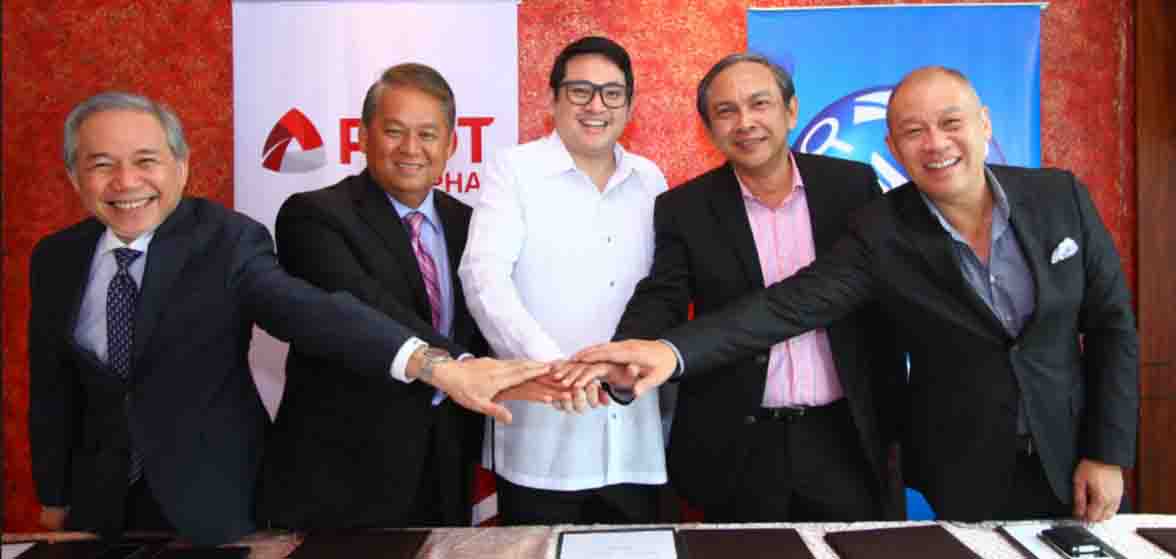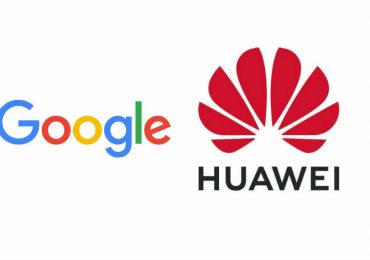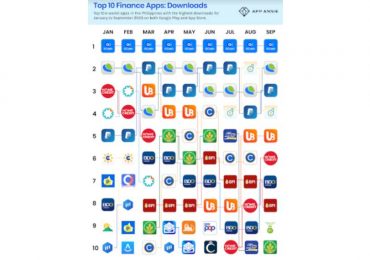The Philippine internet community has something to be happy about – Globe Telecom and PLDT have decided to connect their internet infrastructure for the purpose of exchanging traffic between the users of each network. . It allows Globe and PLDT to directly hand off traffic between each other’s customers, without having to pay a third party to carry that traffic across the Internet for them.
Before this agreement, traffic is being routed externally, such as in Hong Kong and the U.S., before returning to the Philippines. This means that instead of getting routed directly between origin and destination, data is routed outwards through large ISPs that sell transit before the data is routed back to it’s target destination, thus causing delay in data transmission and effectively slowing internet connectivity.
The effect of this deal is that Filipinos will now experience improved performance, cheaper and faster connections. So do we now all jump in jubilation, cheer and celebrate? No, not really. There is still one hurdle that we need to cross, full IP Peering.
What do I mean by this?
The agreement is between PLDT and Globe which means full IP Peering happens only between their two networks, other data centers and ISPs are still out of the equation, unless we have an independent internet exchange facility where all the operators (Globe and PLDT included) can connect with. Luckily, we do have one – the Philippine Open Internet Exchange or PHOpenIX operated by the Department of Science and Technology-Advanced Science and Technology Institute (DOST-ASTI).
Everyone is already part of PHOpenIX except PLDT. Don’t get me wrong, PLDT is part of PHOpenIX, but under the Memorandum of Agreement (MOA) they signed with DOST, PLDT will interconnect local internet and data and service providers of government websites hosted in PHOpenIX. So we have not really achieved full IP peering in the country.
In one of my informal discussion with Globe Telecom President Mr. Ernest Cu, I asked him about his view regarding full IP Peering.
“Peering should happen between all large data centers and ISPs. We follow this principle at Globe.” said Mr. Cu.
So is full IP Peering still achievable? I believe so. Knowing the people behind PLDT, they’re fully aware that full IP Peering is a necessity for internet advancement.
The only question left unanswered here is WHEN?
(Article written by: Jerry Liao)












